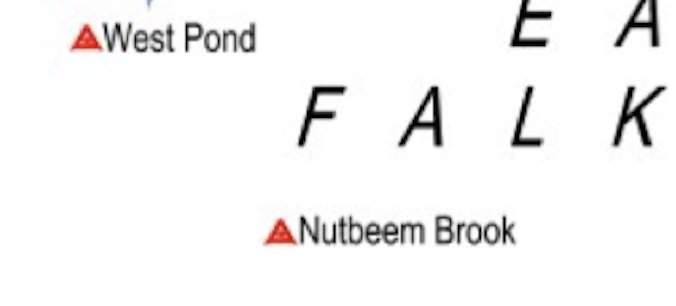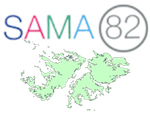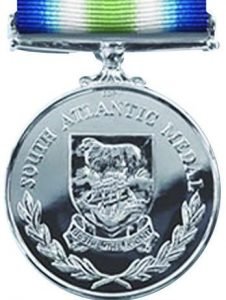
Dedicated to the memory of:

Major
Roger Nutbeem
Royal Army Medical Corps
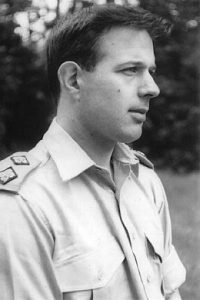

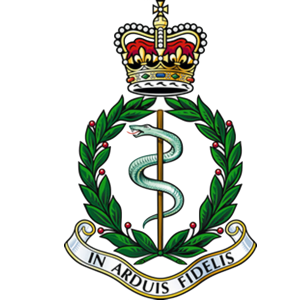
Roger was born at Redditch in April 1942, the youngest of three sons to Edith May and Frederick Walter Nutbeem. His brothers were Stuart (1938) and Trevor (1940). After attending Alcester Grammar School he went on to agricultural college, followed by two years in Holland working and studying the Dutch system of dairy farming. He then changed direction, and joined the Royal Army Medical Corps aged 20, qualifying as a dispenser. His potential had been recognised though, and he was selected for officer training in 1967, then commissioned into his old Corps – the Royal Army Medical Corps.
After training Royal Army Medical Corps recruits, first as a platoon officer, then as a company commander and ‘house officer’, Roger developed his adventure training skills, becoming an expert canoeist and mountain expedition leader. In addition, he was a keen folk singer, with a talent for playing a somewhat battered guitar that went with him on exercises and became a welcome feature of team self- entertainment during long deployments. His knowledge of dairy farming also proved useful on one exercise in Germany when his unit was camped in a barn. One of the cows was in labour and having a difficult time. Roger sorted her out and delivered the calf, using a block and tackle! When the farmer arrived, he was a bit concerned to see all this going on without him, but it was soon schnapps all round.
Roger was totally committed to the Royal Army Medical Corps and had an ability to motivate people. He was never happier than when working with young people who shared his enthusiasm and zest for life. He was second in command of 16 Field Ambulance Royal Army Medical Corps which was deployed to the South Atlantic as part of 5 Brigade. He was particularly admired by the Airborne element of 16 Field Ambulance, the Parachute Clearing Troop Royal Army Medical Corps, who were later to achieve great things alongside their Royal Navy and Royal Marine counterparts of ‘The Red and Green life Machine’, the Field Hospital at Ajax Bay in 1982.
Roger deployed south in QE2, continuing to chivvy, cajole, challenge and generally inspire his men. One of his subordinates described him as ‘turning up everywhere – you never knew when or where he was going to pop up next. He was the guy who kept us going …’
After visiting Ajax Bay when he landed there on the 2nd June, Roger travelled round to Fitzroy in the RFA Sir Galahad on the 8th June. The ship was attacked there by Argentine fighter-bombers, and Roger was killed instantly, on the upper deck, by a bomb fragment. His body was later recovered to shore, temporarily interred, and then repatriated to the UK. He now lies in the military cemetery at Tidworth.
Roger left a widow, Tricia, who he had married in 1970, and who was appointed MBE in her own right for the work that she did for the 16 Field Ambulance Wives Club in the aftermath of the Galahad disaster. They had two children – Martin (1974) who is now in management, and Kathryn (1977) who has just graduated from the University of London in English and Drama. Happily, Tricia has now remarried and lives in the south west of England.

This poem was sent by an Australian exchange Doctor who knew Roger well.
“Epitaph for a Soldier”
Build me no monuments should my turn come;
Please do not weep for me and waste your tears.
Write not my name on honour rolls of fame
To crumble with man’s memory through the years.
Wear no dark clothes; speak in no saddened voice
Seeking rare virtues, which do not exist;
Just let me lie under the cool sweet earth
And sleep in peace, where I will not be missed.
I ask for one thing, that in still far off days
Someone who knew me should in their daily round
Suddenly pause, caught by some sight or sound,
Some glance, some phrase, some trick of memory’s ways
Which brings me to his mind. Then I shall wait
Eager with hope: perhaps to hear “How great
If he were with us still.” Then, at the end
All that I wish for – just: “He was my friend.”
By David McNicholl
_____________________________________________________________________
Major Andrew (Elvis) Brayshaw RAMC/RAAMC (Retd)
During the Falklands War I was serving with 16 Field Ambulance part of 5 Brigade and lost my unit Second in Command Major Roger Nutbeem along with two of my closest friends Lance Corporal Ian ‘Scouse’ Farrell and Private Kenneth ‘Kenny’ Preston on the 8th June 1982 as a result of the bombing of the Sir Galahad at Bluff Cove. Amongst the 16th Field Ambulance Class of 82 they are known as ‘The Boys”.
At the time of the Falklands War, I had been in 16 Field Ambulance since January 1979 although back then the unit was called 6 Field Force Field Ambulance. At the time of Roger’s posting into 16 Field Ambulance as the new 2IC I had not long since been promoted to Lance Corporal and had been moved from the medical section I had spent the last three years in into the Unit Post Room as the Post NCO.
The Field Ambulance was located at Mons Barracks in Aldershot and the Field Ambulance Headquarters was made up of four rectangular buildings each made up of several separate offices, The four buildings were laid out in a square formation around a small parade area. The Post Room was directly opposite Roger’s office at an angle. Many an afternoon you could hear the twang of a guitar resounding across the square as Roger was well renowned for playing the guitar at every opportunity. He even uses to take his battered old guitar on exercise with him to keep the troops entertained.
As the unit’s 2IC Roger could be very firm when it came to those under his command, but he was also very fare and well-liked by all the soldiers in 16 Field Ambulance. During his time as the 2IC I cannot recall anyone ever having a bad word to say about him. regularly in his office.
At the time of the Argentine attack on the Sir Galahad, Roger was on the upper deck of the ship when he was hit by a bomb fragment killing him instantly. Several days after the attack on the Sir Galahad a retrieval party consisting of several medics from the Field Ambulance including myself was sent out to the smouldering wreck to locate and collect any remains. We only managed to access one set of remains and they turned out to be those of Roger. I would later form part of his burial detail when he was buried at the temporary military cemetery at Ajax Bay before being repatriated to the UK.
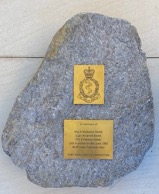
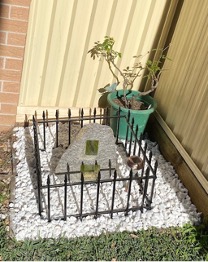
Family and friends are encouraged to contribute.
We will add information to this memorial as we receive it.
If you have a photo, an anecdote, or simply to say you remember him, we will be very pleased to hear from you, so please contact the sama office at sama@sama82.org.uk
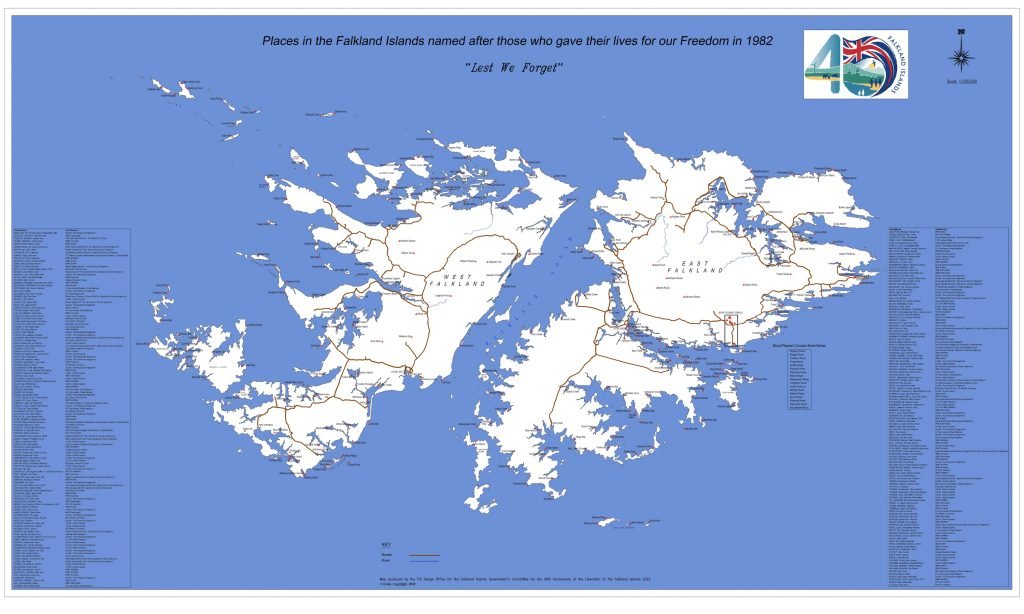
In 2022, as part of the 40th Anniversary commemorations, geographical features were identified and named after the fallen of 1982. NUTBEEM BROOK is a large Stream in the valley to the east of Mount Usborne
It is in position
51° 41′ 22.45″ S, 058° 46′ 22.68″ W
